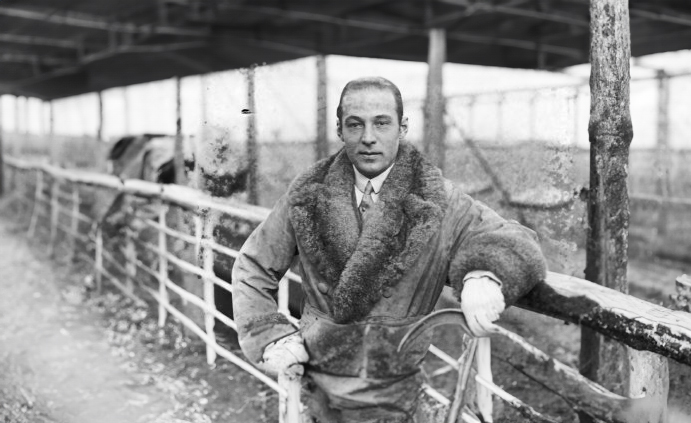Charles Henry Dow was a U.S. financial journalist and co-founder of Dow Jones & Company. He was born on November 6, 1851, and passed away on December 4, 1902. Dow is considered one of the pioneers of modern financial reporting and is best known for creating the Dow Jones Industrial Average (DJIA), one of the most widely followed stock market indices globally.
Together with Edward D. Jones and Charles Bergstresser, Dow co-founded Dow Jones & Company, which was responsible for developing the Dow Jones Industrial Average. The DJIA is a stock market index that represents the performance of 30 large, publicly traded U.S. companies and is considered an indicator of the health of the U.S. stock market.
Furthermore, Dow was a pioneer in the development of market analysis techniques. He also formulated the principles of Dow Theory, which provided fundamental concepts for the technical analysis of financial markets. Dow’s ideas and contributions have had a lasting impact on the financial world and stock market analysis.
 Charles Dow – The Early Years
Charles Dow – The Early Years
Charles Henry Dow was born on November 6, 1851, the son of a farmer in Sterling, Connecticut. Due to his father’s early death, Dow left the family home at a young age. After various professional attempts, at the age of 21, he began his career as a journalist at the “Daily Republican” in Springfield. In 1877, he moved to a magazine called the “Journal,” marking his first contact with financial journalism. The fascinating world of this subject led the young reporter to move to New York in 1880 to join the “Kiernan News Agency,” a financial information service. This agency wrote handwritten news primarily from the financial sector, distributed to banks and brokerage offices by messenger boys. In 1881, Charles Dow married Lucy M. Russel, with whom he had a stepdaughter.
In 1882, Charles Henry Dow and his colleague Edward Davis Jones founded their own information agency, operating under the name “Dow, Jones & Company.” Soon after, renowned journalist Charles Milford Bergstresser joined the company as the third partner. The three editors specialized in impartial market reports and moved their offices to a basement at 15 Wall Street, right near the New York Stock Exchange.
During trading hours, they continuously compiled current news, duplicated them using carbon paper, and distributed them through messengers. This process repeated several times a day. In the early editions, they occasionally added reports from the London Stock Exchange to ensure comprehensive coverage.

 From 1883 onwards, Dow, Jones & Co began publishing printed daily summaries under the title “Customer’s Afternoon Letter.” The demand for these reports grew exponentially, leading initially to a journal of double the size and eventually to a full-fledged newspaper. On July 8, 1889, the first edition of the “Wall Street Journal” was published, priced at two pence per copy or five dollars for an annual subscription. The company laid its own telephone lines to major cities and had a telegraph connection to the Chicago Stock Exchange. Today, the “Wall Street Journal” with a circulation of 1.8 million copies is one of the most significant newspapers in the United States.
From 1883 onwards, Dow, Jones & Co began publishing printed daily summaries under the title “Customer’s Afternoon Letter.” The demand for these reports grew exponentially, leading initially to a journal of double the size and eventually to a full-fledged newspaper. On July 8, 1889, the first edition of the “Wall Street Journal” was published, priced at two pence per copy or five dollars for an annual subscription. The company laid its own telephone lines to major cities and had a telegraph connection to the Chicago Stock Exchange. Today, the “Wall Street Journal” with a circulation of 1.8 million copies is one of the most significant newspapers in the United States.
In 1899, Edward Jones, one of the founding partners, retired, while Dow and Bergstresser sold their shares in the company to Clarence Barron, a correspondent in Boston, in 1902, due to health reasons. Charles Henry Dow passed away just a few months later on December 4, 1902, in New York. His legacy includes the fundamental principles of modern financial journalism and the most renowned stock indices in the financial world named after him and his partner. Particularly through his insights into stock and index price movements, Charles Dow will be remembered as the father of Technical Analysis in history.
Charles Dow can rightfully be considered the father of modern Technical Analysis. The Trendbrief, which has been published since 1988, is Europe’s first trend-following newsletter and also focuses entirely on Technical Analysis.
